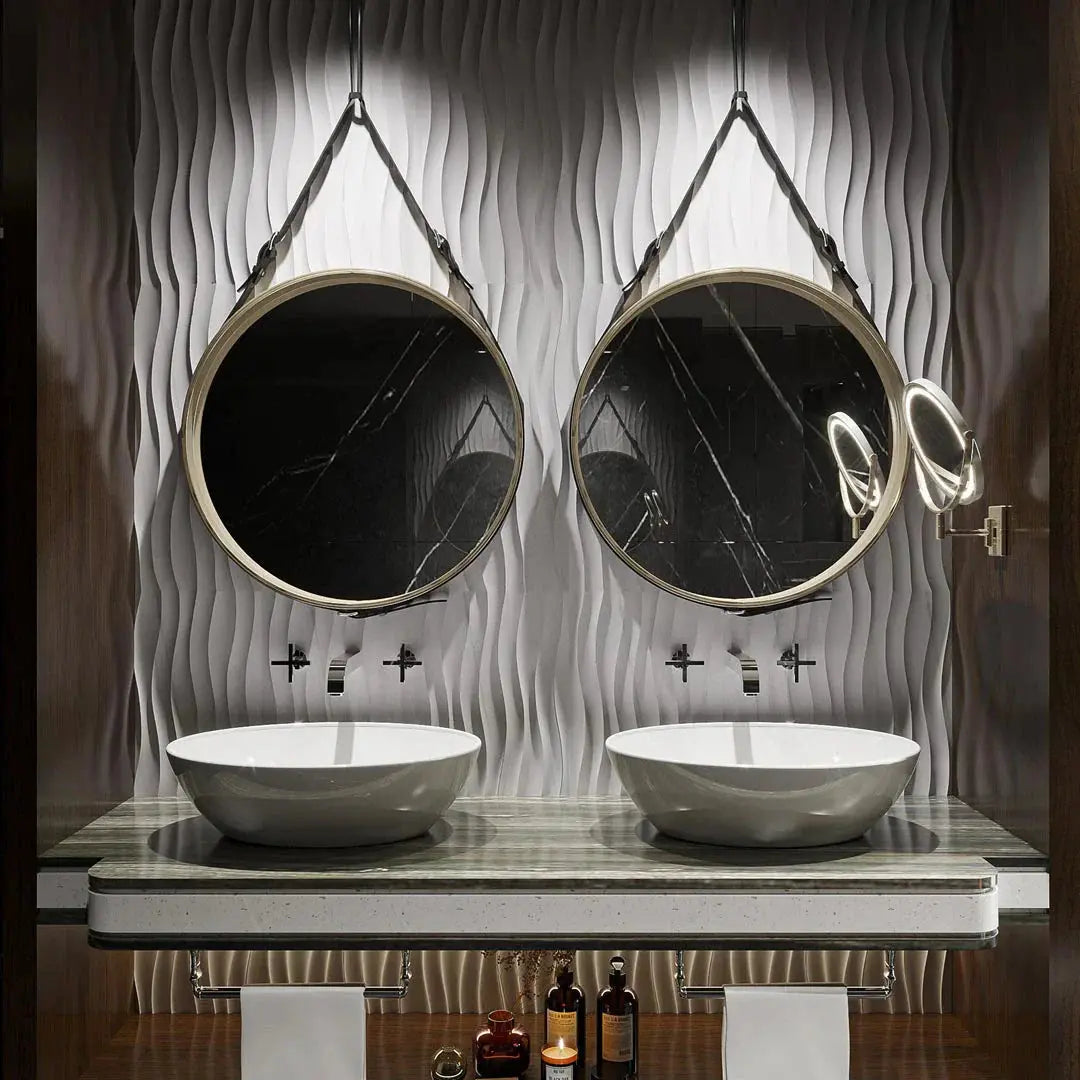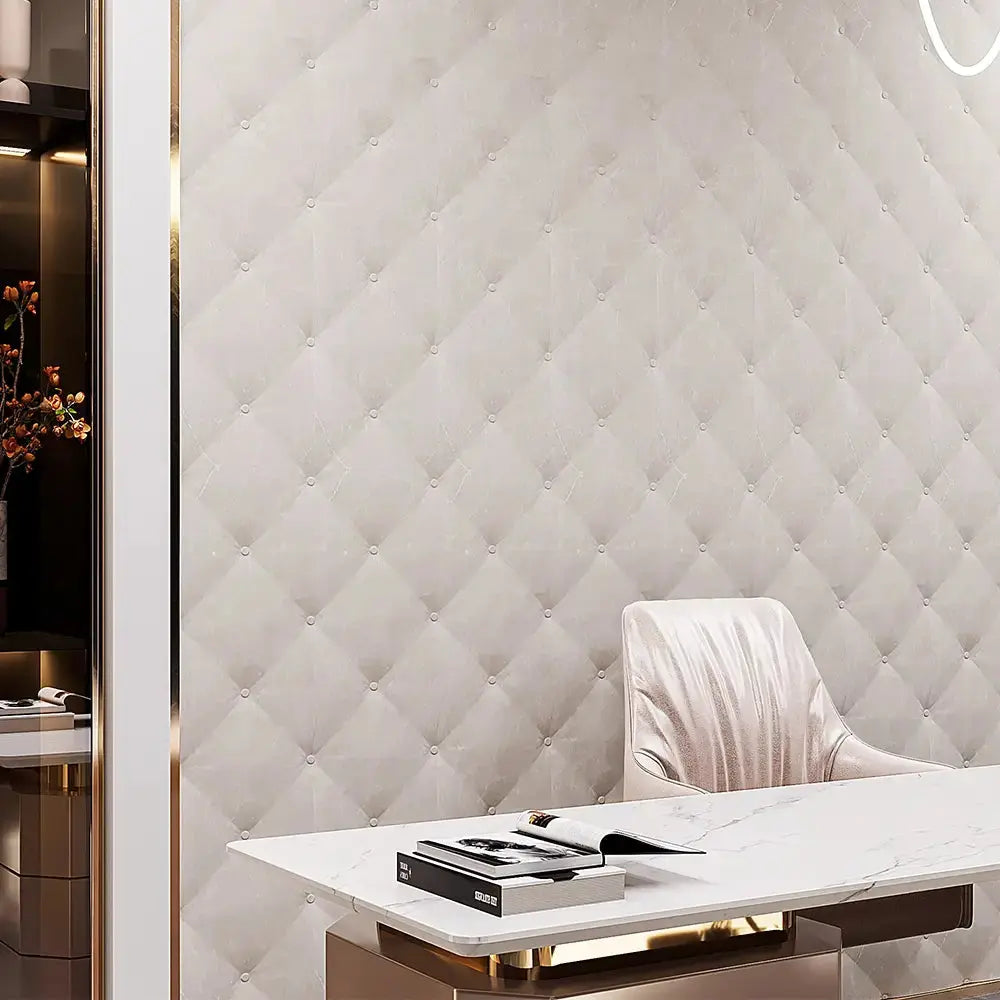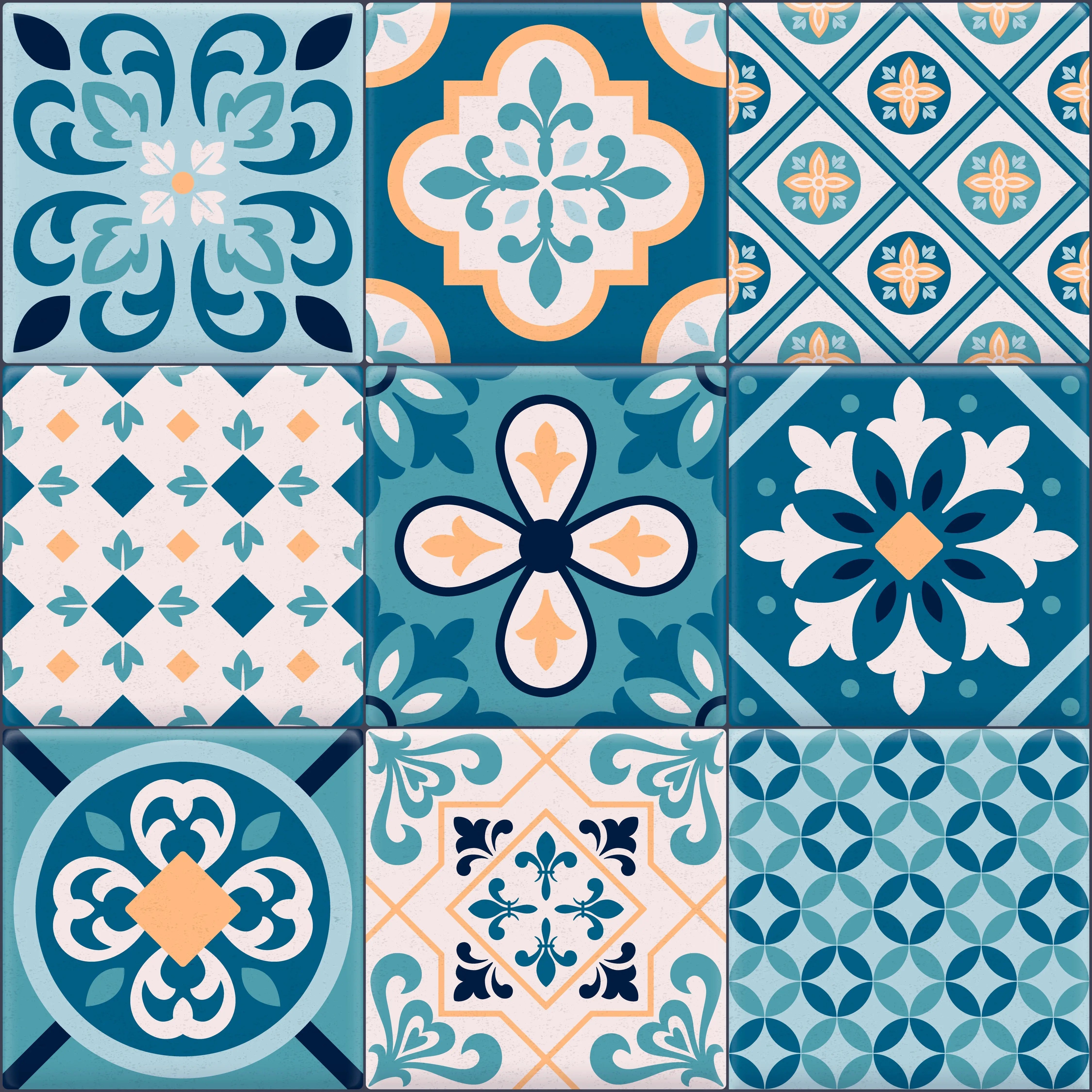
What Are Geometric Designs? How to Use Geometric Designs in Modern Interiors?
Transforming Spaces Through the Power of Shapes
Geometry is more than math—it’s design in motion. From ancient art to sleek modern interiors, geometric patterns and designs have consistently shaped the way we build and decorate. At Misbell Group, we believe that lines, circles, and angles can do more than decorate—they can define. In this guide, discover what geometric design means and how to apply it tastefully throughout modern interiors.
What Are Geometric Designs?
The Harmony of Shapes, Lines, and Patterns
Geometric design refers to the intentional use of shapes and symmetry in visual composition. Common geometric forms include:
- Circles: Soothing, continuous, and harmonious
- Squares and Rectangles: Orderly and balanced
- Triangles: Dynamic, directional, and energetic
- Hexagons and Diamonds: Structured yet visually complex
- Zigzags and Lines: Add rhythm and movement
These shapes, when layered or repeated, bring a sense of rhythm and logic to a space—rooted in mathematical beauty.
Why Geometric Designs Work in Modern Interiors
Simple, Striking, and Structured
Modern interior design values clean lines, function, and minimal clutter. Geometric patterns fit naturally into this aesthetic by offering:
- Visual structure without overwhelming the space
- Balanced symmetry that feels grounded
- Bold design moments that enhance minimal environments
- Versatile pairings with soft textures and neutral palettes
How to Use Geometric Designs in Interior Design
1. Walls: From Flat to Fabulous
- Geometric Wallpaper or Painted Patterns: Create accent walls with chevrons, tessellations, or stripes in bold or subtle palettes.
- 3D Wall Panels: Use MDF, gypsum, or stone panels molded with geometric forms for added depth and shadow.
- Waterjet Cut Wall Tiles: Add elegance with marble, glass, or metal tiles cut into precise geometric designs.
2. Floors: Geometry Underfoot
- Patterned Ceramic or Porcelain Tiles: Hexagonal or triangular tiles create movement, especially in bathrooms or kitchens.
- Parquet & Herringbone Wood Flooring: Classic wooden geometry that adds sophistication and structure.
3. Furniture and Decorative Elements
- Furniture Forms: Tables with hexagonal tops or sofas with angular arms add interest without clutter.
- Textiles: Rugs, pillows, and curtains with diamond, lattice, or spiral patterns bring rhythm and softness together.
- Wall Art & Mirrors: Mirrors framed in polygons or abstract canvas works complete the geometric language.
4. Lighting Fixtures
- Use geometric pendants, polygon chandeliers, or linear LED fixtures to complement and highlight other shapes in the room.
How to Balance Geometric Patterns
Control the Chaos—Let Shape Speak Softly
Geometry can be bold, but it works best when carefully balanced. Here are a few tips:
- Use bold patterns on one or two surfaces only
- Stick with neutral or monochromatic palettes
- Pair with soft, organic materials like wood or linen
- Repeat shapes across elements for visual continuity
Interior Styles That Embrace Geometric Design
| Interior Style | Use of Geometry |
|---|---|
| Modern Minimalist | Grid layouts, sharp lines, monochrome forms |
| Mid-Century Modern | Curved furniture, circular mirrors, atomic patterns |
| Art Deco | Symmetrical motifs, bold zigzags, gold inlays |
| Scandinavian | Subtle geometrics in pale tones and natural textures |
| Contemporary | Mixed materials and bold shape contrasts |
Final Thoughts: Design with Intention
Geometric design is not just a trend—it’s a design language that balances logic with creativity. Whether you’re looking to create a dramatic feature wall or just want to add subtle rhythm with patterns and lighting, geometric design elements give you the structure and flexibility to do both.
At Misbell Group, we offer premium 3D wall panels, waterjet mosaics, and decorative tiles that embody the elegance of modern geometry. Let us help you bring shape, style, and symmetry into every corner of your space.


